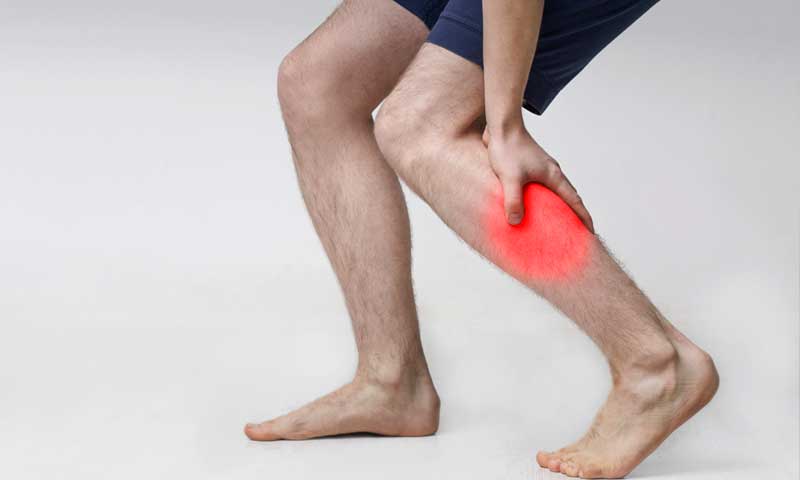Muscles Strain and Sprain
Muscles Strain
A muscles strain is an injury to a muscle or a tendon — the fibrous tissue that connects muscles to bones. Minor injuries may only overstretch a muscle or tendon, while more severe injuries may involve partial or complete tears in these tissues. Sometimes called pulled muscles, strains commonly occur in the lower back and in the muscles at the back of the thigh (hamstrings).

The difference between a strain and a sprain is that a strain involves an injury to a muscle or to the band of tissue that attaches a muscle to a bone, while a sprain injures the bands of tissue that connect two bones together.
Symptoms
Symptoms will vary, depending on the severity of the injury, and may include:
- Pain or tenderness
- Redness or bruising
- Limited motion
- Muscle spasms
- Swelling
- Muscle weakness
Causes of Muscles Strain
Muscle Strains can be caused by one event, such as using poor body mechanics to lift something heavy. Chronic muscle strains can result from repetitive injuries when you stress a muscle by doing the same motion over and over.
Risk factors
Participating in sports such as soccer, football, hockey, boxing and wrestling can increase your risk of muscle strains.
Certain parts of the body are more susceptible to strains during participation in certain sports. May include:
- Legs and ankles. Sports that feature quick starts and jumping, such as hurdling and basketball, can be particularly tough on the Achilles tendon in your ankle.
- Hands. Gripping sports, such as gymnastics or golf, can increase your risk of muscle strains in your hands.
- Elbows. Elbow strains are often caused by throwing sports and racquet sports.
Diagnosis
During the physical exam, your doctor will check for swelling and points of tenderness. The location and intensity of your pain can help determine the extent and nature of the damage.
In more severe injuries, where the muscle or tendon has been completely ruptured, your doctor may be able to see or feel a defect in the area of injury. Ultrasound can help to find out the injuries.
Treatment of Muscles Strain
Orthopedic Specialist working at Shreya Hospital, Ghaziabad can guide you for immediate self-care of a muscle strain, try the R.I.C.E. approach — rest, ice, compression, elevation:
- Rest. Avoid activities that cause pain, swelling or discomfort. But don’t avoid all physical activity.
- Ice. Even if you’re seeking medical help, ice the area immediately. Use an ice pack or slush bath of ice and water for 15 to 20 minutes each time and repeat every two to three hours while you’re awake for the first few days after the injury.
- Compression. To help stop swelling, compress the area with an elastic bandage until the swelling stops. Don’t wrap it too tightly or you may hinder circulation. Begin wrapping at the end farthest from your heart. Loosen the wrap if the pain increases, the area becomes numb or swelling is occurring below the wrapped area.
- Elevation. Elevate the injured area above the level of your heart, especially at night, which allows gravity to help reduce swelling.
A physical therapist can help you to maximize stability and strength of the injured joint or limb. Your doctor may suggest that you immobilize the area with a brace or splint. For some injuries, such as a torn tendon, surgery may be considered.
 Dr. Mishra’s Shahdara Orthopaedic Center Shahdara Orthopaedic Center, Best Orthopaedic Doctor in Shahdara, Delhi
Dr. Mishra’s Shahdara Orthopaedic Center Shahdara Orthopaedic Center, Best Orthopaedic Doctor in Shahdara, Delhi
